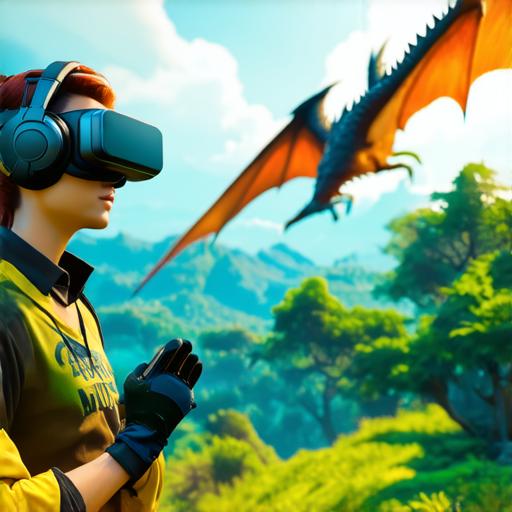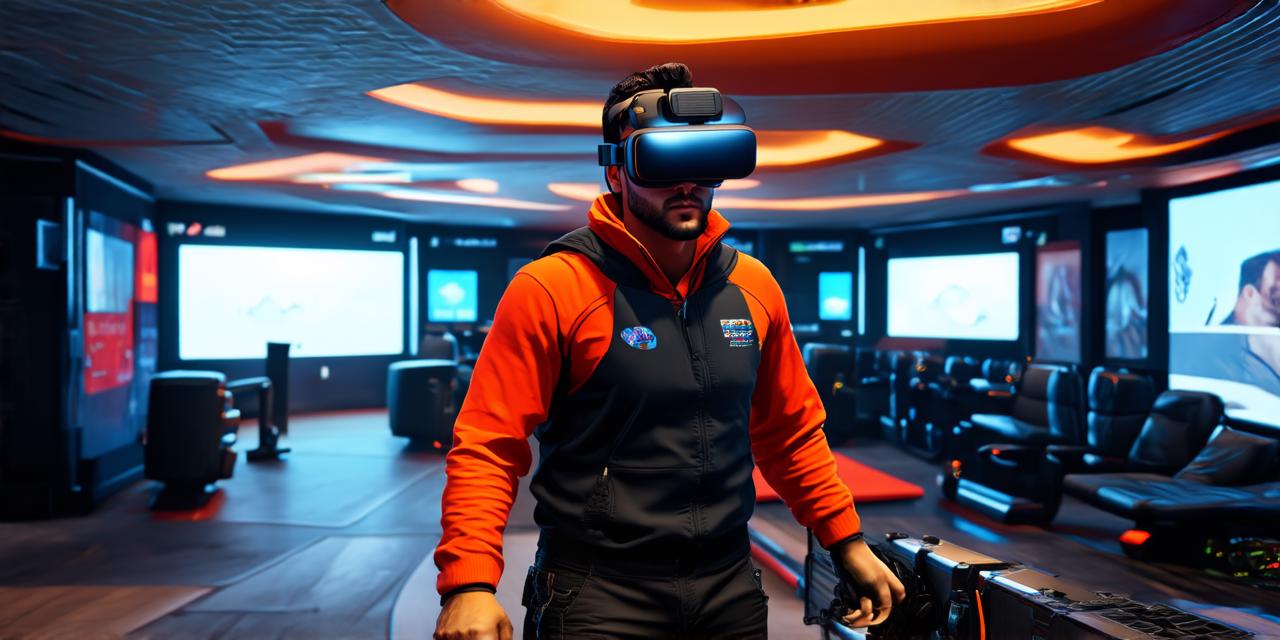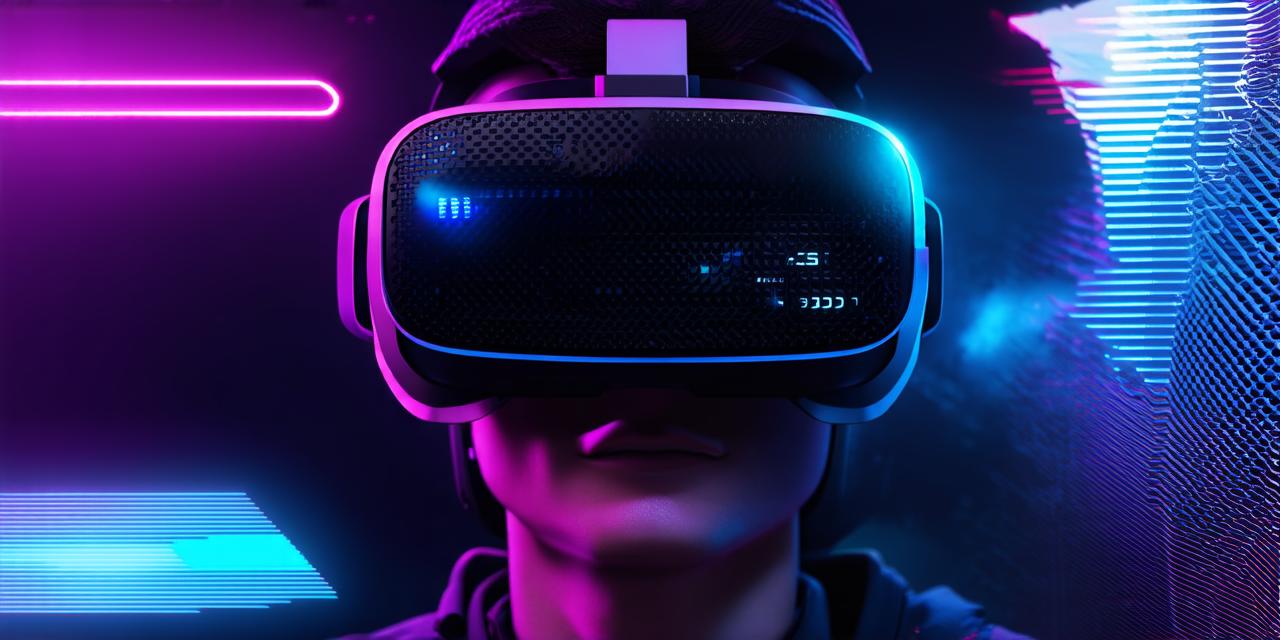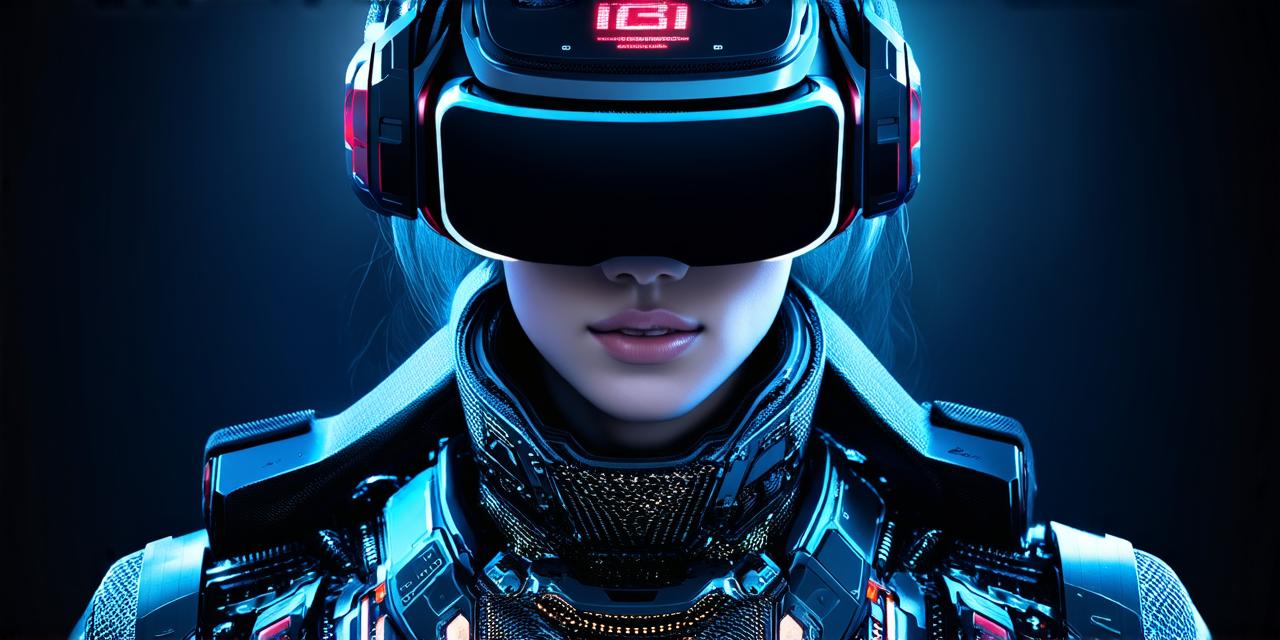Virtual reality (VR) is a technology that immerses users in a digital world. It has been around for some time and has been used in various industries such as gaming, entertainment, education, and training. However, many people are still not aware of the full potential of VR or how it can be used in different ways.

Virtual Reality for Gaming
Gaming is one of the most popular uses of virtual reality. It allows users to experience games in a whole new way, giving them a more immersive and interactive experience. VR gaming technology has come a long way, and today, there are many high-quality games available that take full advantage of the capabilities of VR. These games include first-person shooters, puzzle games, and adventure games, among others.
Virtual Reality for Training and Simulation
Virtual reality can be used to simulate real-world situations in a safe and controlled environment. This is particularly useful in industries such as healthcare, manufacturing, and military. For example, medical students can use VR to practice surgeries without the risk of harming patients. Manufacturers can use VR to train employees on how to operate complex machinery. And the military can use VR to simulate battle scenarios without putting soldiers at risk.
Virtual Reality for Education and Learning
Virtual reality can be used as a tool to enhance the learning experience. It allows students to explore new environments, interact with virtual objects, and engage in hands-on activities that are not possible in traditional classrooms. VR can also help make learning more accessible, allowing students from all over the world to take part in virtual field trips and classes.
Virtual Reality for Entertainment and Experiences
Virtual reality can be used to create unique and immersive experiences that are difficult or impossible to replicate in real life. This includes things like virtual concerts, amusement park rides, and even space travel. By using VR technology, users can experience these things in a way that is both thrilling and safe.
Virtual Reality for Accessibility and Inclusion
Virtual reality can be used to create accessible environments for people with disabilities. For example, VR can be used to simulate real-world situations for people with mobility impairments, allowing them to practice tasks in a safe and controlled environment. VR can also be used to create virtual environments that are specifically designed for people with autism or other sensory disorders.
Virtual Reality for Mental Health and Therapy
Virtual reality can be used as a tool for mental health therapy. It allows therapists to create virtual environments that are specifically designed to help patients overcome phobias, anxiety disorders, and other mental health issues. By using VR technology, patients can confront their fears in a safe and controlled environment, allowing them to make progress towards recovery.
Virtual Reality for Art and Design
Virtual reality can be used as a tool for artists and designers to create immersive installations and experiences. By using VR technology, they can create virtual environments that are both beautiful and interactive, allowing users to engage with the art in a way that is not possible with traditional mediums.
Conclusion
Virtual reality is a powerful technology that has many potential uses across different industries. From gaming to education, training, and mental health therapy, VR can be used to create immersive and interactive experiences that are difficult or impossible to replicate in real life. With the rapid advancements in VR technology, it is likely that we will see even more creative and innovative uses of VR in the future. So, whether you’re a gamer, an artist, or just someone looking for new and exciting ways to experience the world, virtual reality is definitely worth exploring.




